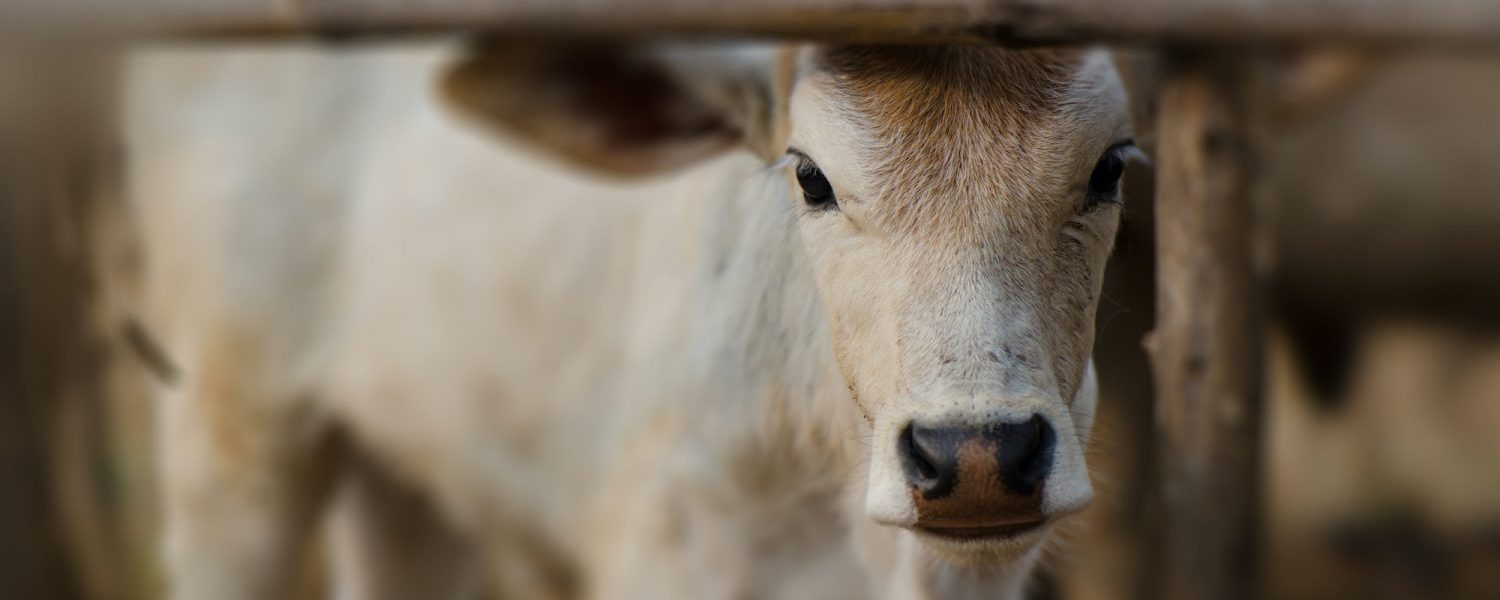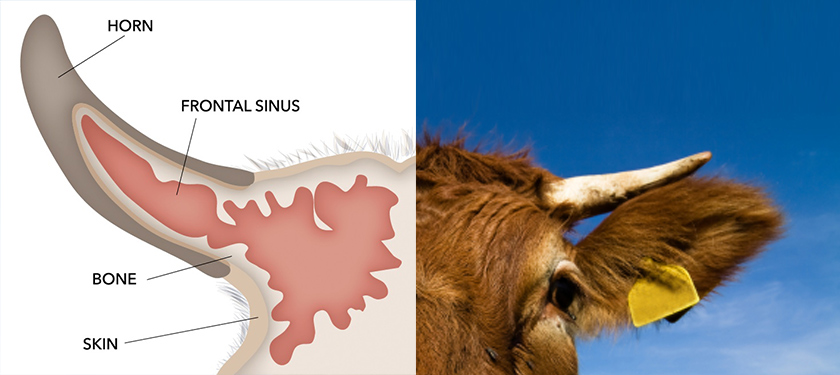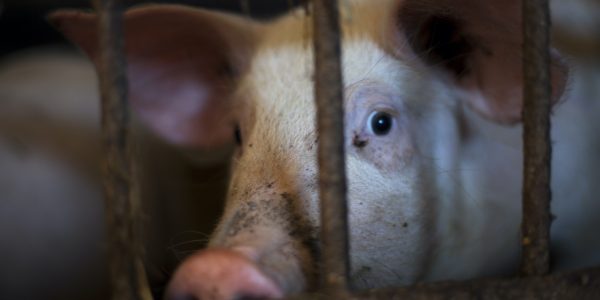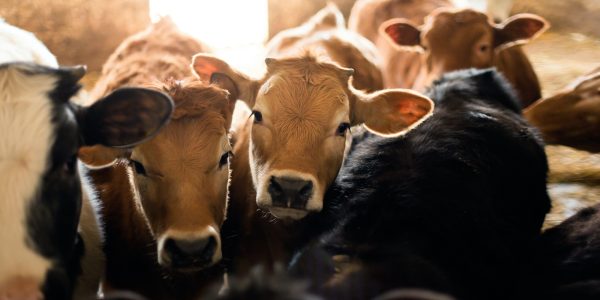In an effort to cut ‘operational costs’ most farms force animals to endure painful surgical procedures without pain relief.
Dehorning
Dehorning is one of the most traumatic experiences cattle are forced to endure. Yet, there are no laws requiring them to receive pain relief. So both male and female calves usually undergo this surgical procedure without anything to dull the pain.









